Nail-patella syndrome, also known as Fong disease, is a rare autosomal dominant condition which results from symmetrical mesodermal and ectodermal abnormalities. Radiologically, the classic findings are the abnormal patellae and posterior iliac horns, the latter is said to be pathognomonic.
On this page:
Terminology
Nail-patella syndrome has many synonyms, in addition to Fong disease, which include osteo-onychodysostosis, Österreicher-Turner syndrome 10, Turner-Kieser syndrome, and Trauner-Rieger syndrome.
Epidemiology
Associations
- renal dysfunction 5
Clinical presentation
Clinically, the key feature is absent or hypoplastic nails from birth. Individuals may have flexion contractures and recurrent knee dislocations.
Pathology
The underlying genetic defect is caused by loss-of-function mutations in the transcription factor LMX1B on chromosome 9 5,6.
Radiographic features
Plain radiograph
Diagnostic radiographic findings include:
- fragmented/absent/hypoplastic patellae with a tendency for recurrent patellar dislocation
- hypoplasia of the radial head and/or capitellum leading to subluxation or dislocation dorsally
- bilateral posterior iliac horns ("Fong prongs")
- flared iliac crests with protuberant anterior iliac spines
The bilateral posterior iliac horns, due to exostoses arising from the posterior aspect of the iliac bones, are present in up to 80%; this finding is considered pathognomonic for the syndrome. The horns may be capped by an epiphysis.
Other features include:
- scoliosis
- genu valgum deformity (due to asymmetrical development of the femoral condyles)
- open-angle glaucoma 6
- prominent tibial tuberosities
- clinodactyly of the 5th finger
- short 5th metacarpal
- mandibular cysts
- renal osteodystrophy
Treatment and prognosis
Multidisciplinary teams are required to treat patients with nail-patella syndrome, these include orthopaedics, paediatricians, and for other complications of the condition: nephrologists, ophthalmologists, general practitioners, dieticians, and physiotherapists, etc. 11.
History and etymology
Iliac horns were described by Edward Everett Fong (1912-fl.1964 9), an American radiologist in 1946 8.
Differential diagnosis
For absent patella(e), consider:



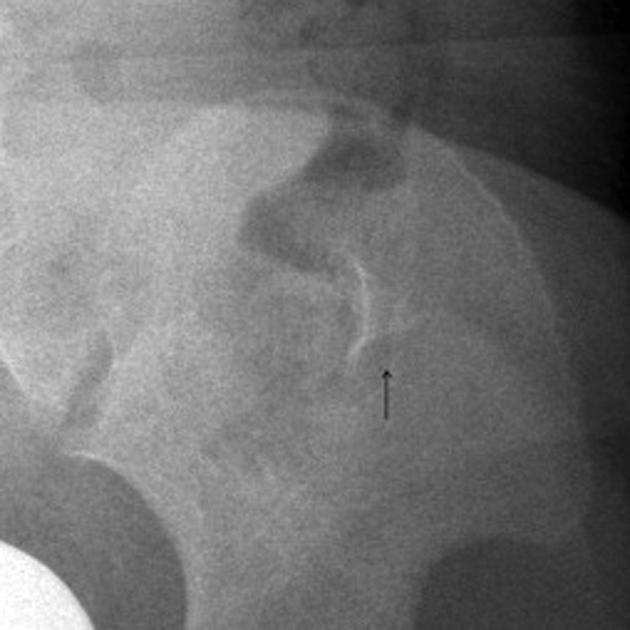


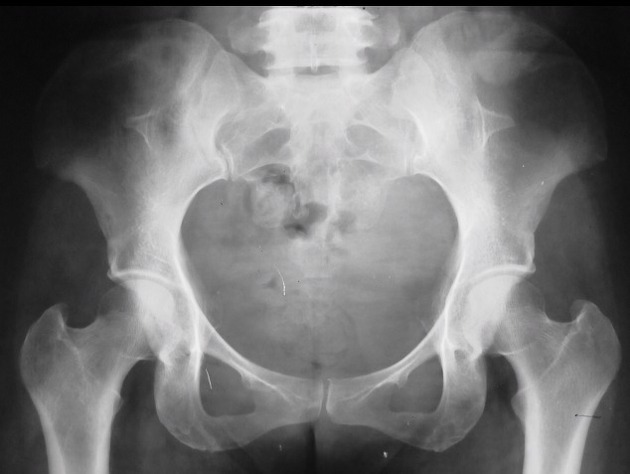

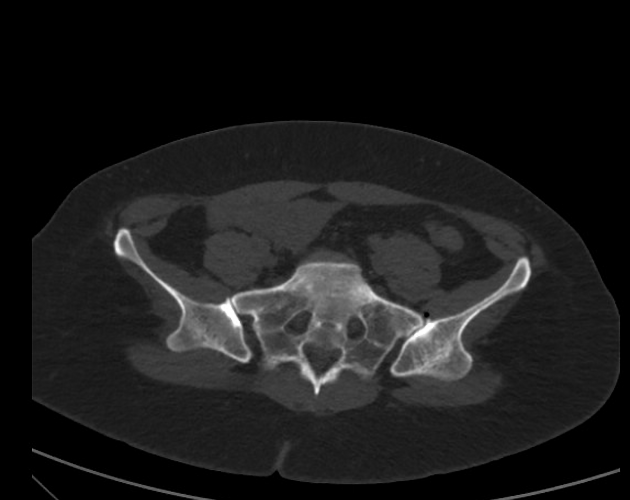

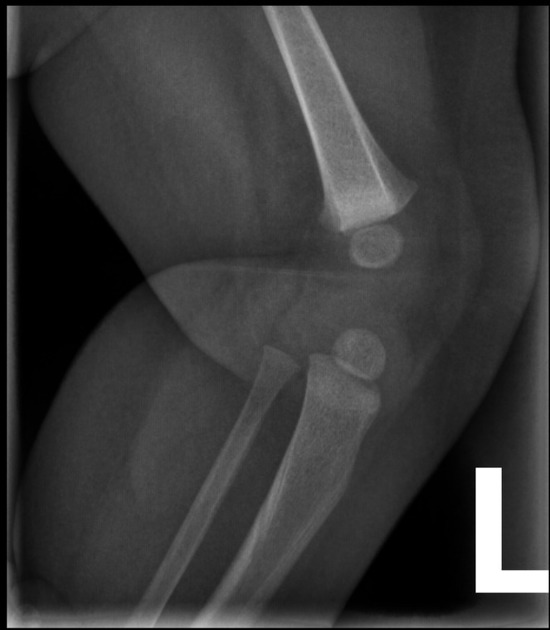

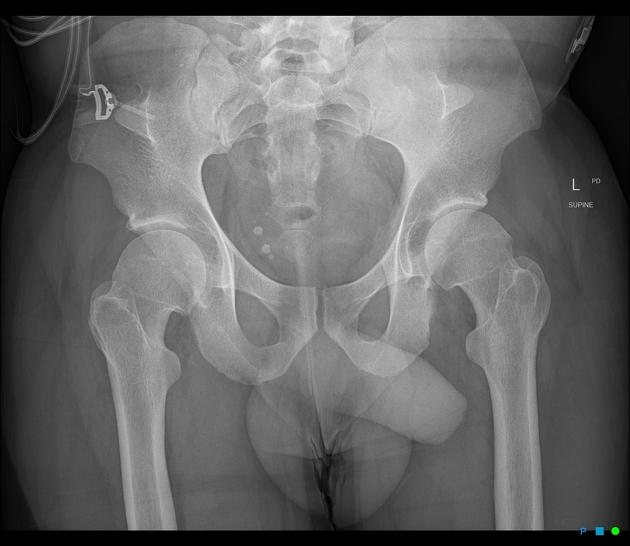
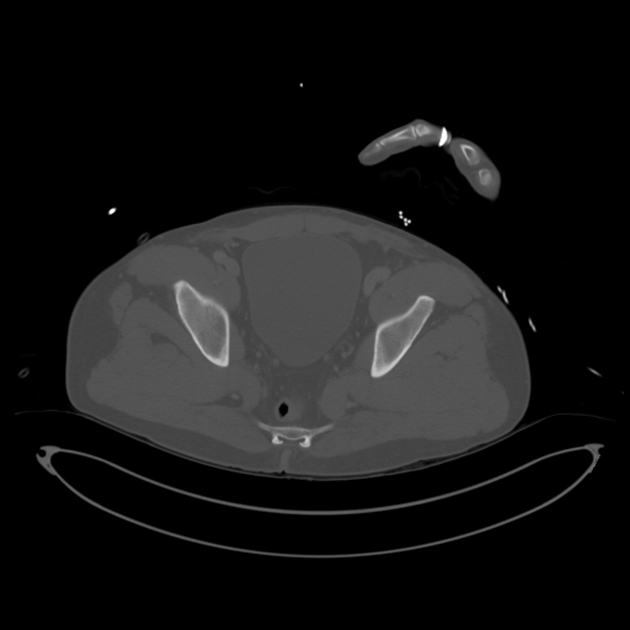
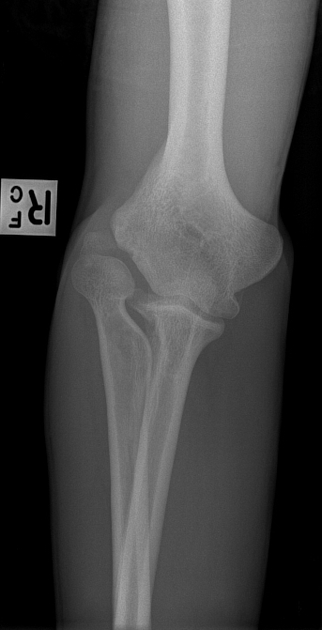
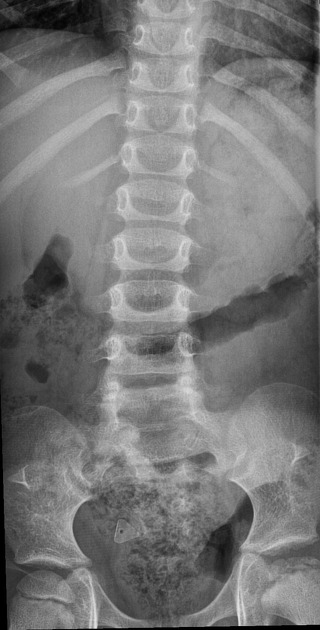

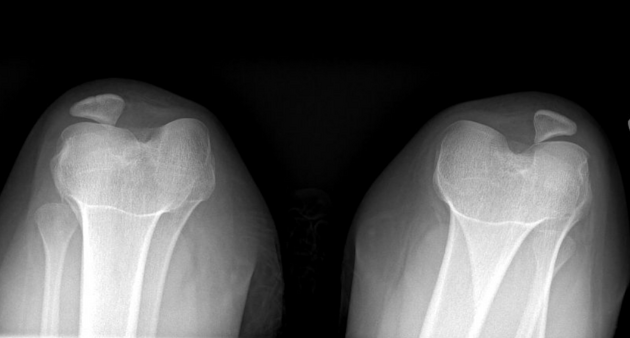


 Unable to process the form. Check for errors and try again.
Unable to process the form. Check for errors and try again.